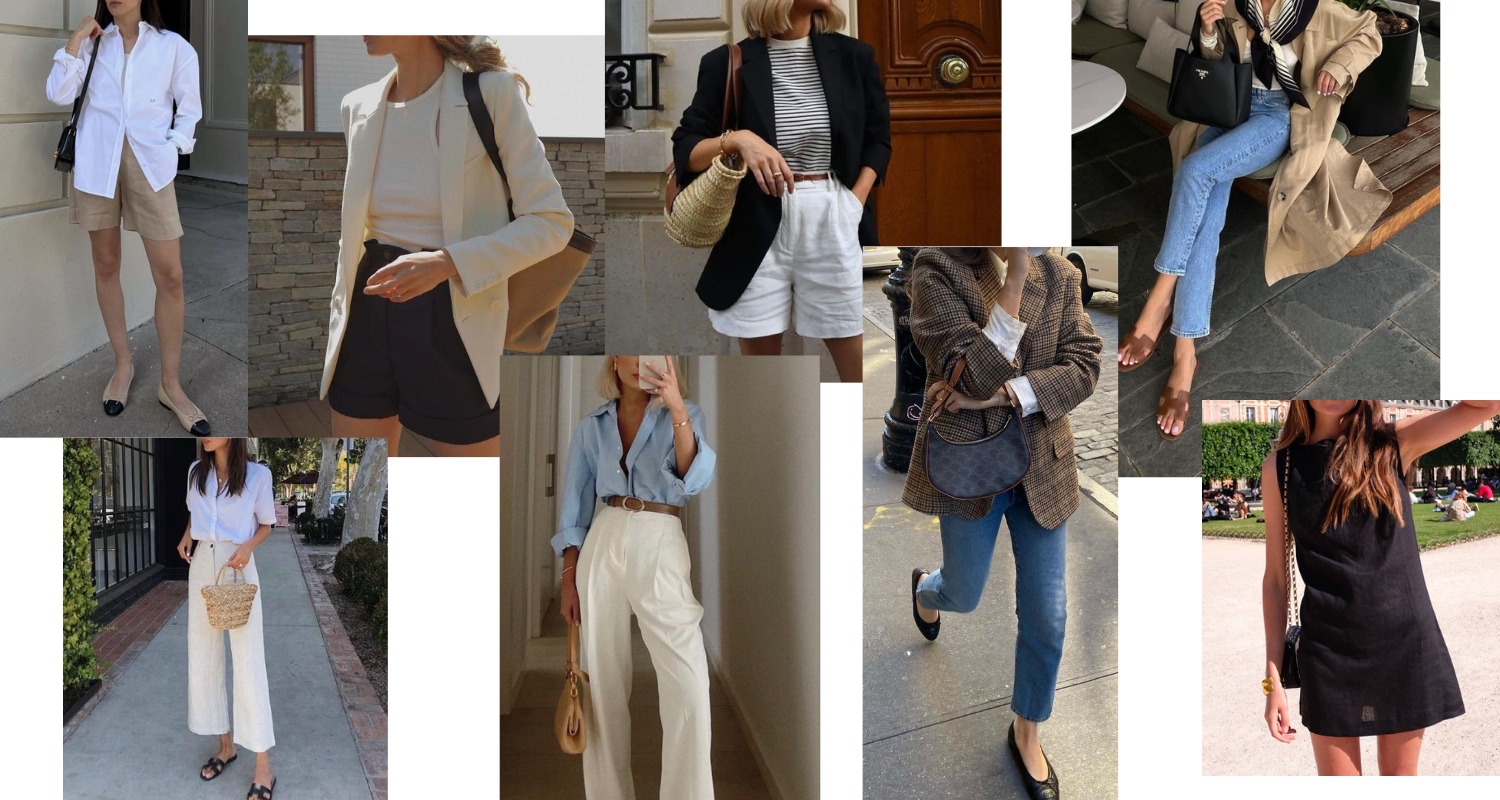In today’s interconnected world, fashion has become more than just clothing. It’s a form of self-expression, a reflection of culture, and a powerful vehicle for storytelling. Fashion trends no longer stay confined within borders; instead, they travel across continents, delivering a message of inclusivity and celebrating diversity. This phenomenon is what I like to call “cultural exchange.”
As a fashion enthusiast, I have always been fascinated by how clothing transcends boundaries and brings people together. Fashion has the power to break down barriers, bridge gaps, and promote understanding between different cultures. It’s a form of universal language that everyone can appreciate and engage with.
Cultural exchange in fashion has a rich history that can be traced back centuries. From the silk routes of ancient China to the trade routes of the Renaissance, fashion has always been influenced by the movement of people, ideas, and textiles. It’s this cross-pollination that gives birth to unique and captivating styles.
One of the most iconic examples of cultural exchange in fashion is the traditional Indian saree. With its intricate patterns, vibrant colors, and flowing fabric, the saree is a symbol of femininity and elegance. Over time, this ancient garment has traveled far beyond the borders of India and has captured the hearts of fashion enthusiasts worldwide.
In recent years, the rise of social media and globalization has further accelerated the pace of cultural exchange in fashion. We now have a front-row seat to witness the fusion of different styles, techniques, and traditions. Fashion designers are drawing inspiration from all corners of the world, creating garments that pay homage to diverse cultures while providing a fresh perspective.
For instance, the fashion scene in Africa is thriving, with designers like Thula Sindi and Maki Oh showcasing the beauty of traditional African prints and craftsmanship to global audiences. They are not only creating beautiful garments but also building bridges between continents, fostering a deeper appreciation for African culture and diversity.
Similarly, Japanese street fashion has captivated the world with its avant-garde creativity and attention to detail. Brands like Comme des Garçons and Yohji Yamamoto have redefined fashion norms, challenging traditional ideas of beauty and style. Their influence can be seen across runways worldwide, as designers experiment with oversized silhouettes, deconstructed garments, and unconventional fabrics.
The beauty of cultural exchange in fashion lies not only in the merging of styles but also in the celebration of traditional craftsmanship. In a world where fast fashion dominates, embracing traditional techniques and sustainable practices has become more important than ever. By integrating age-old methods into contemporary designs, fashion designers pay respect to the artisans and their heritage, creating pieces that stand the test of time.
One example of this is the incorporation of hand embroidery from various cultures into modern fashion. Intricate designs from India, delicate beading from the Maasai tribe in Kenya, and indigenous weaving techniques from South America have all found their way into high-end fashion houses and indie labels alike. By valuing these age-old practices, fashion not only enriches our wardrobes but also helps preserve cultural heritage.
However, with cultural exchange comes the responsibility to ensure that it’s a respectful exchange. It’s crucial for fashion enthusiasts and industry insiders to acknowledge the origins of the styles they adopt and give credit where it’s due. Appropriation can blur the lines between appreciation and exploitation, perpetuating stereotypes and erasing the narratives of marginalized communities.
As consumers, we play a vital role in supporting ethical and inclusive fashion. By being conscious about the brands we choose to support, we can encourage a more equitable exchange that uplifts and empowers communities rather than appropriating their culture for profit.
In conclusion, cultural exchange in fashion is a dynamic and beautiful phenomenon that brings people together, celebrates diversity, and promotes inclusivity. Through the fusion of styles and techniques, fashion serves as a powerful tool for storytelling and understanding different cultures. As fashion enthusiasts, let’s embrace this exchange while staying mindful of the responsibilities that come with it. By doing so, we can contribute to a more harmonious and enriching fashion industry that respects and uplifts cultures from all over the world.
